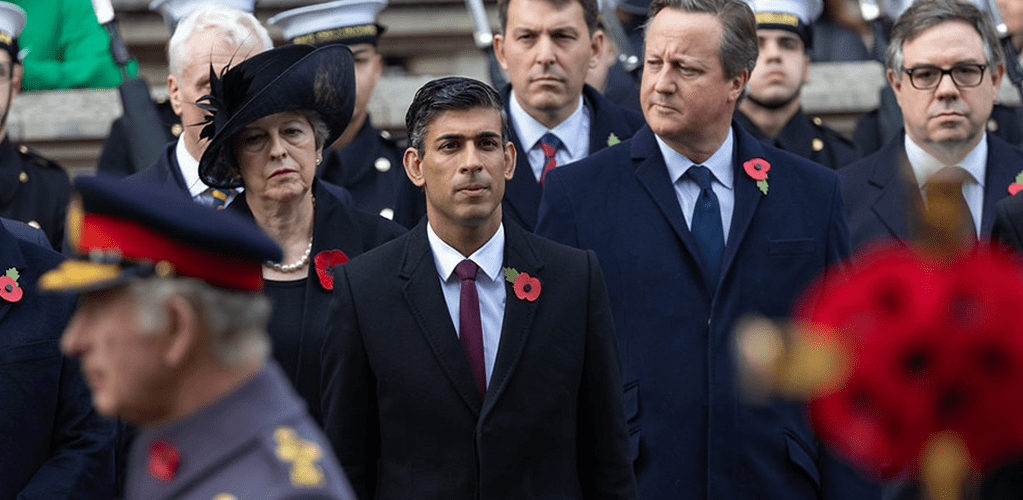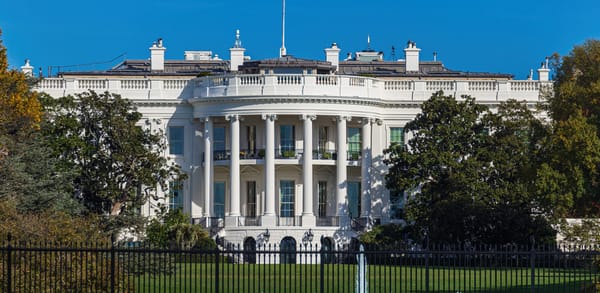The Conservative Party, 1832-2024: An obituary
The Conservative Party, established in 1832, was declared dead on 5 July 2024. Once popular and competent, it just couldn’t prevent universal suffrage, faced internal divisions, COVID-related greed, and simply declined after Brexit.

T he Conservative Party, which was finally pronounced dead from multiple unnatural causes on July 5 2024, was born in 1832. It was the product of an alliance between the Tory party (established in the 1680s) and members of the rival Whig party. Both wanted to defend the existing political and social order against the advocates of radical reform.
Strange as it might now appear, the party was once very popular and respected, even by its opponents. Educated at Eton and Oxford, it established a reputation for governing competence which allowed it to bounce back from serious setbacks, notably the landslide Labour victory of 1945.

— The Conservative Party was pronounced dead from multiple unnatural causes on July 5 2024.
However, success came at a cost. From an early age, the party had to accommodate the kind of changes which it had been set up to resist. Founded to preserve the social and political influence of the aristocracy, in its declining years it ended up exhibiting animosity towards that very same group. Having long subsisted on dubious financial contributions, at the very end it was rumoured to be eking out a living by betting on the date of its own demise.
The Conservative Party could not prevent the introduction of universal suffrage, which its original leaders had denounced as a recipe for national disaster. Logically, the arrival of democracy in the years after the First World War and the spread of the franchise beyond the most wealthy citizens should have brought the party’s life to a natural end. It owed its survival, as the main electoral opponent of the Labour Party, chiefly to an ill-timed and long-lasting feud between the Liberal leaders H.H. Asquith and David Lloyd George.
Under Stanley Baldwin and former Liberal Winston Churchill, the Conservative Party developed an appeal to the public that was later seen in the tradition of “one nation conservatism”. This centrist approach served the party well until 1975, when Margaret Thatcher was elected as its leader.

— Baroness Thatcher has urged mourners not to be weak, weak, weak by weeping during her eulogy.
Thatcher argued that the party’s tendency to compromise was a vice rather than a virtue. She believed her opponents within the party were little better than socialists. She presented “Thatcherite” views as true conservatism, although her divisive economic approach was inspired by the doctrinaire writings of 19th-century liberals.
For the unifying “one nation” platform, Thatcher substituted a pugilistic brand of nationalism which she came to personify after the 1982 Falklands conflict. The electoral formula worked, after a fashion, until Thatcher’s deposition in 1990.
The end of the Cold War debunked the notion that the Conservatives had restored Britain’s former global status. Unwilling to acknowledge their country’s subservience to the United States, the party’s dominant nationalist faction could now only rage against reality by identifying the European Union, and post-war immigration, as the twin culprits for the depletion of British political influence and cultural uniformity.
Thatcher’s successor John Major, was the luckless legatee of her unsustainable contradictions – and a ready scapegoat for the numerous sleazy episodes which had taken place under her watch. Festering internal divisions forced Major and future leaders to prioritise the party’s survival over the national interest. Like a punch-drunk boxer, the Conservative Party dragged itself from the canvas after its pummelling in the 1997 General Election, but with eyes which were not so much glazed as swivelling with frustrated ideological fervour.
In January 2013, David Cameron, who had sought in vain to revive the one nation approach, felt compelled to promise an in-out referendum on EU membership. Far from reducing the party’s temperature, this gesture only aggravated the underlying malaise.

— Conservatives prone to hallucinations: believing Boris Johnson could be a successful prime minister.
A lengthy illness
The Conservative Party has presented a sorry spectacle to sympathetic observers in its undignified post-Brexit dying days. It became prone to hallucinations, first believing that Boris Johnson could be a successful prime minister then replacing him with Liz Truss. Choosing a Thatcher-impersonator as leader could only seem rational to a party which had dwindled into a Thatcher tribute band.
In 2019, the party had been kept alive by Labour’s generous decision to give itself a leader who was almost equally improbable. After the Johnson and Truss interlude, however, most Britons decided that it was time to put the Conservative Party out of its misery. Even as a vehicle for rightwing populism it left something to be desired in comparison with the real bad boys of Brexit.

— Liz Truss has asked for privacy at this time, to have space to gauge the emotional tone of the funeral ceremony in her own, inimitable way.
The Conservative Party will lie in state in Westminster Hall, close to the place where its recent leaders have lied so brazenly on its behalf. The funeral cortege will pass through the scenes of the party’s greatest days – the Carlton Club, Tamworth, Grantham, and Barnard Castle, where its remains will be interred after readings from the book of St Margaret: “Where there is discord, may we make things a lot worse”; “U-turn if you want to: the party’s not returning.”
No flowers, please: donations should be sent to Nigel Farage, c/o Reform UK inc.

Sources:
▪ This piece was originally published in The Conversation and re-published in PUBLIC SQUARE UK on 5 July 2024. | The author writes in a personal capacity.
▪ Cover: Flickr/Number 10. (Licensed under a Creative Commons Attribution-ShareAlike 4.0 International License.)







[Read our Comments Guidelines]